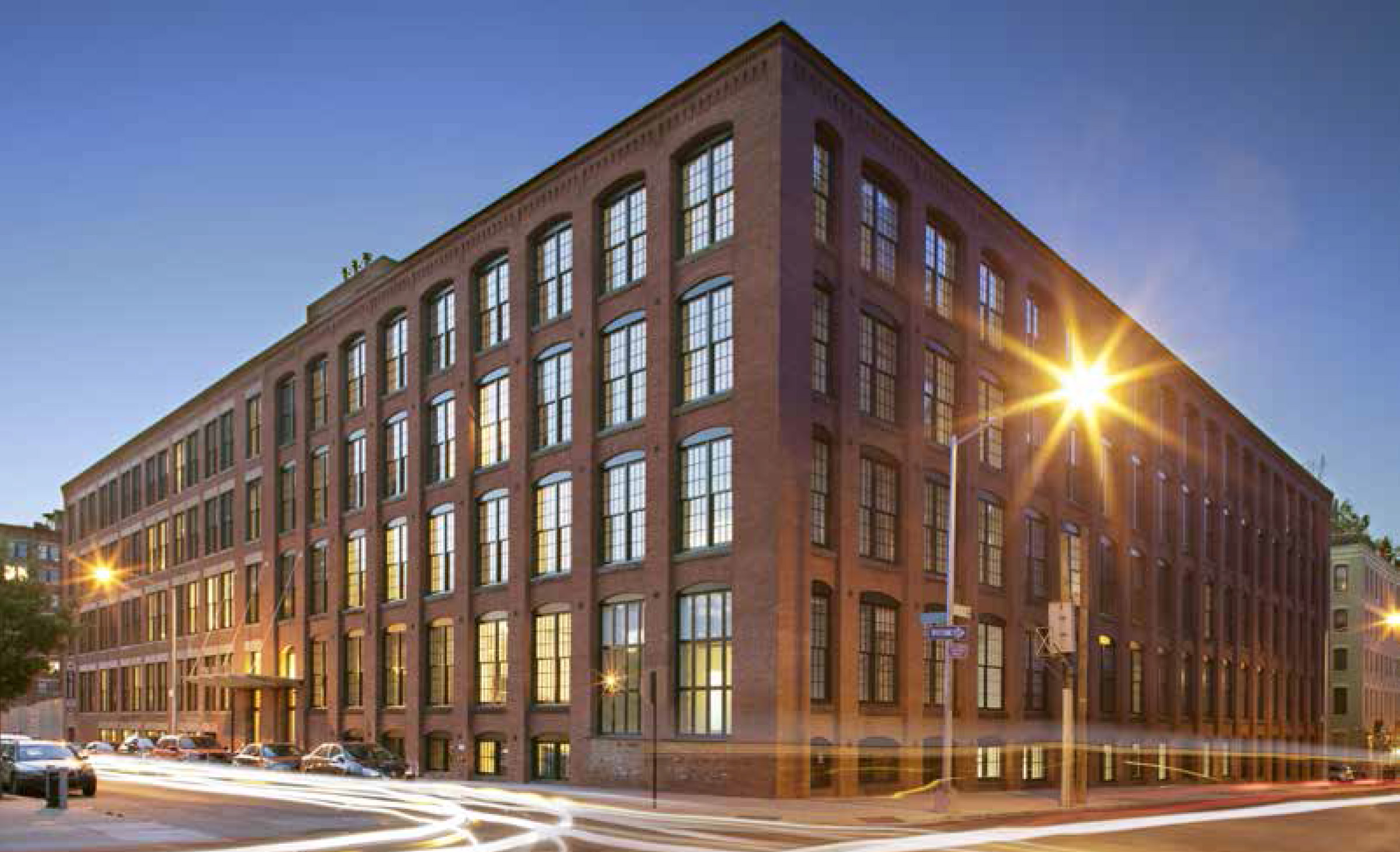The reality of the real estate market is that it is cyclical. Real estate development has arced over the past decade from too hot to frozen and now back to warming. And as experienced a few years ago, the cycle down can be rapid–in some cases stopping a development in the middle of construction. Now that the market is warming again, […]

















